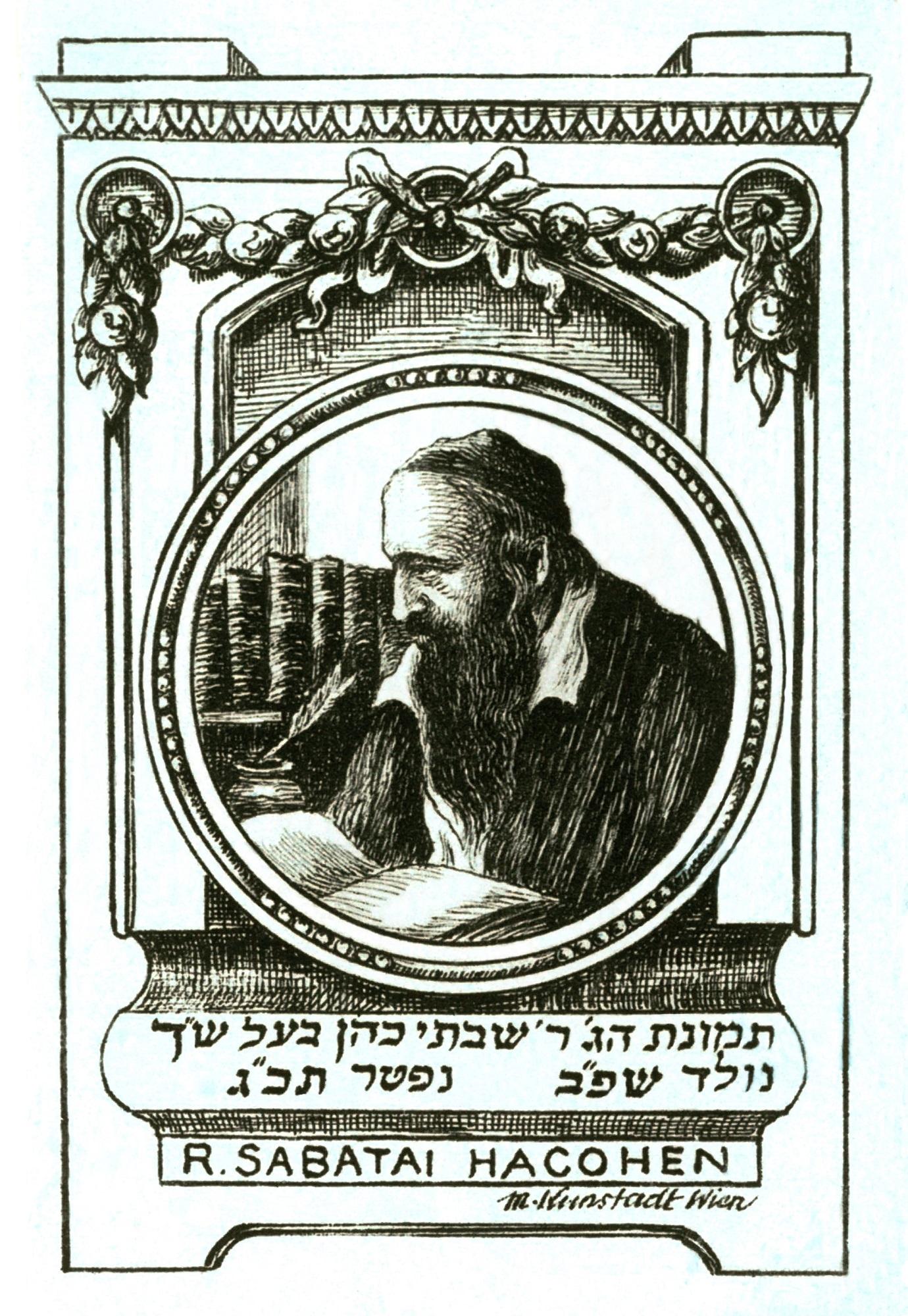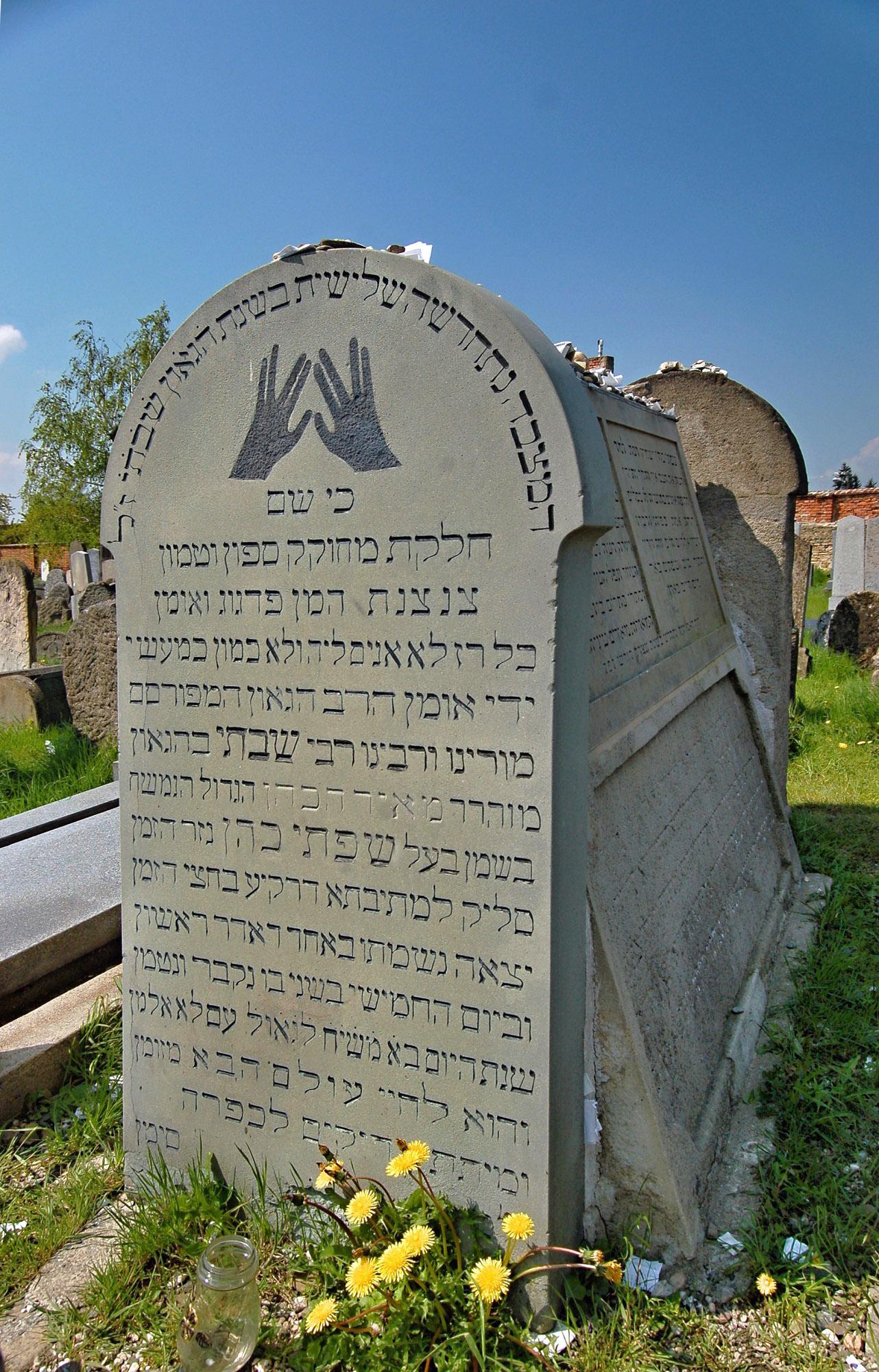"Shach“ - the rabbi who made his mark in Holešov

Shabbatai HaKohen was born in Lithuania, but during the 1655 battles between the Polish forces and the invading Swedish army in the Northern War, he fled Vilna (Vilnius) with the entire Jewish community. After a short stay at Lublin he went to Prague and later to Strážnice in Moravia, from where he was called to the rabbinate of Holešov, where he remained until his death in 1662.
Since his childhood he was always very interested in studying. He first studied with his father and in 1633 he entered the yeshivah of Rabbi Joshua Höschel ben Joseph at Tykotzin, moving later to Cracow and Lublin, where he studied under Naphtali ben Isaac HaKohen and was soon recognised as a great scholar and authority among the Jews. At the age of 24 he wrote his first book that became his opus magnum; it became known after the first words in the text as Siftei Kohen (The Lips of the Priest) or the Shakh, and it is a commentary on the Shulchan Aruch Yoreh De'ah. This work was approved by the greatest Polish and Lithuanian scholars and since 1674 has been published in most editions of the Yoreh De'ah (a compilation of Jewish religious laws).

The main area of Shakh’s interest was Talmudic law—the halakha. Shakh’s books still belong to the fundamental study literature at yeshiva schools all over the world. He stands among the twenty greatest scholars of the Jewish nation and is the greatest of the rabbis buried in the Czech Republic. Despite this, his name has not been known to the public, unlike the name of the rabbi Löw of Prague, who is known from the mystic tale of the Golem. However, Shakh was not just a scholar, he is considered a qadi (or tsaddiq)—righteous one. Righteous ones are men who achieved an especially strong connection with the God during their life. In a way, a qadi can be compared to a Christian saint.
There are many extraordinary stories told about the Shakh, full of supernatural phenomena or miracles. Some people believe that he is still present in this world in a mystical way and that he continues today, unseen through his work. In the past few years there were many interesting “coincidences” that happened in relation to his grave and the synagogue, which have been attributed to the Shakh’s mystical presence in Holešov.
The Shakh′s grave in the Jewish cemetery of Holešov and his synagogue still exists and is visited by people from all over the world, particularly Israel and the U.S.. The interest in Shakh, in his life and work continues to grow among the public and media.


